List of 5 Best Treks in Nepal
Nepal is an adventure playground for nature lovers of the great outdoors. Trekkers can clamber over creaking glaciers, tie prayer flags atop mountain...
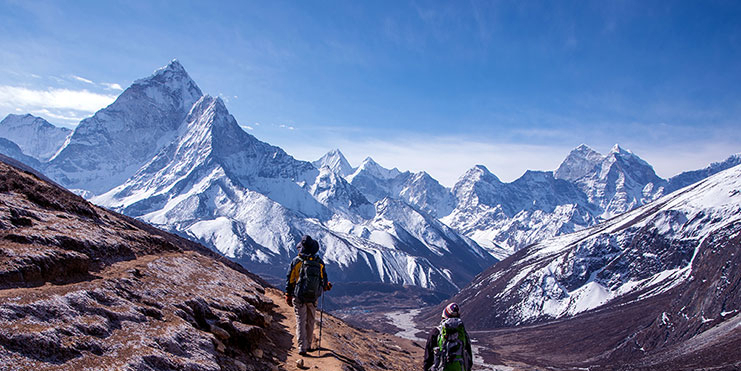
No matter the time of year, one can always go trekking in Nepal. There are no restrictions whatsoever. You just have to keep in mind that, each season in Nepal will offers a completely different looking landscape, environment and experience. Each season out of four has its unique attraction to offer. The best time of the year for trekking in Nepal is classified as follows:
With excellent weather and breathtaking mountain views, moderate temperature, clear sky, Autumn season makes it a great time to do any kind of trekking, be it in the mountains or the short routes. Be aware of occasional short storms which may have snow storm at high altitudes.
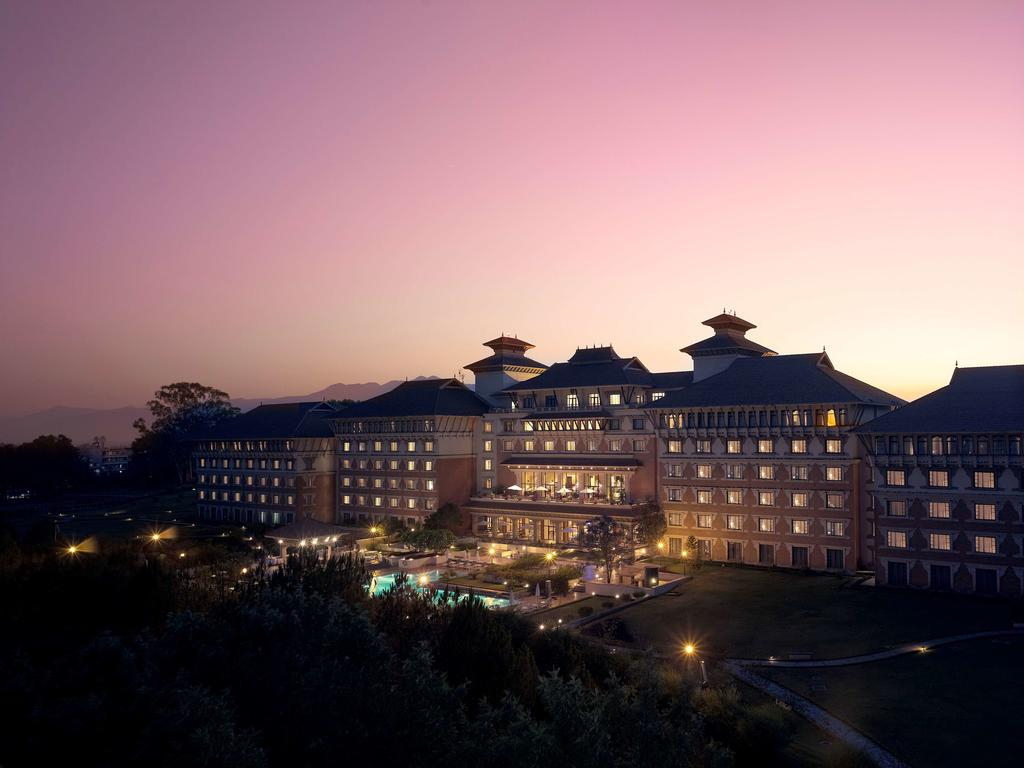
• Days tend to be warmer (though nights are colder heading into winter)
• The weather is stable and sunny, with clear skies and gorgeous views.
• Temperature in upper hill and lower mountains reach about 15 – 24º C
• Generally with the better weather comes more travelers.
Although there is occasional snowfall at higher elevation in the Himalayas, colder temperature during the night, winter in Nepal usually is very pleasant with clear blue sky and relatively less trekkers.
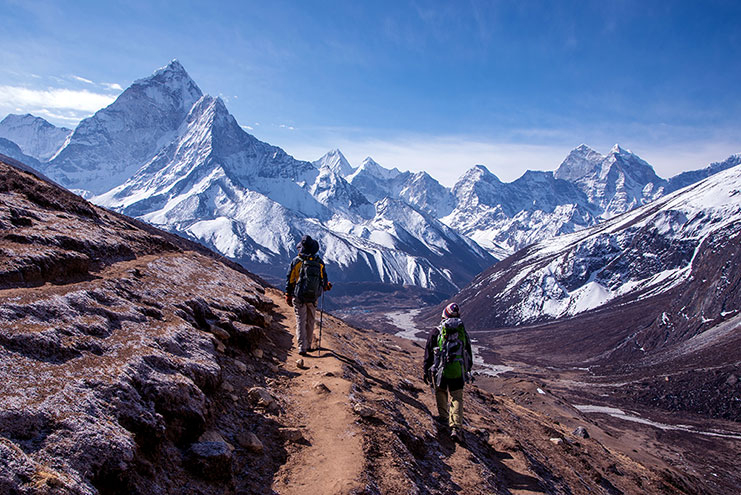
• Fewer people on the trail mean no crowds
• The sky is often very clear and blue during the day
• The monasteries are great to visit in winter and some fresh snow on the hills is great for photography.
• Many of the high passes are inaccessible due to snow coverage.
• Colder temperatures require more planning and preparation, but the rewards are worthwhile.
With spring you can see so many varieties of floras and faunas, specially the national flower rhododendrons, this time of the year is usually mildly warm at low altitude but at high altitudes the temperature is very moderate.
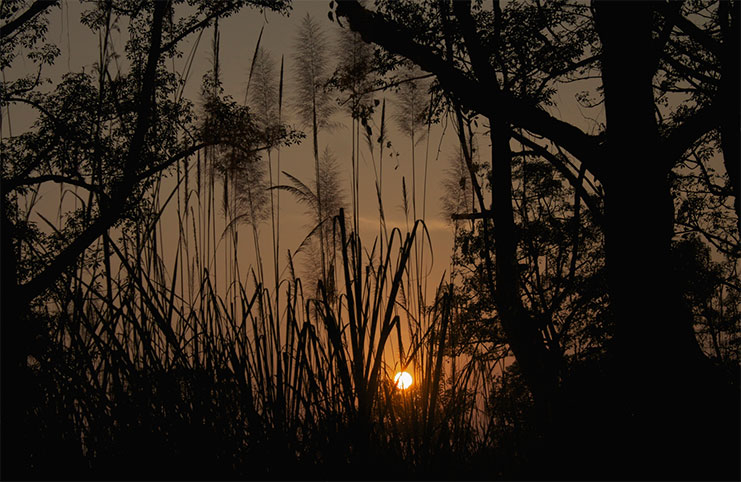
• Temperatures in upper hill and lower mountain ranges reach between 16-23º C
• Pleasant, warm trekking conditions in the day, and warmer nights.
• Fewer trekkers compared to October and November, which means more chance to experience the remote corners of the Himalaya.
• Spring is Everest climbing season in Nepal which makes this is a great time to trek to Everest base camp
• As it gets closer to summer, trekking can get hot and sweaty at lower altitude
• Afternoon clouds are common (with generally clear nights and mornings) which can bring clouds and brief downpours.
From June till September, it is usually warm and wet. For travelers who are keen about the nature, the summer is accompanied by the full blossoms and lush vegetation and is the perfect time to trek. There are places out of reach of the rain clouds because of the high mountains, the experience is also called trekking in rain shadow, such as areas north of the mountains like Upper Mustang or Dolpo, which will be ideal destination for trekkers.
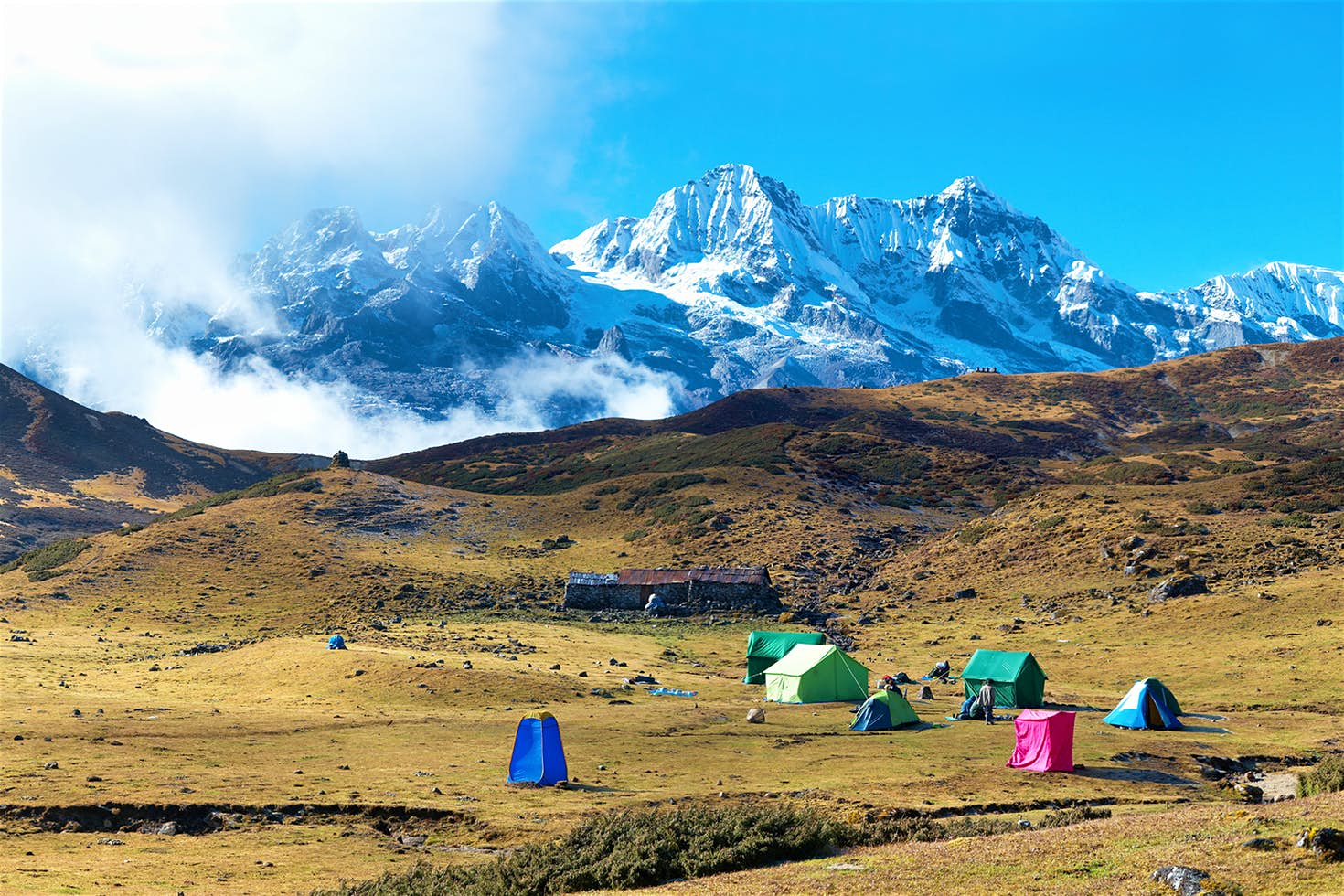
• Ideal conditions in the Indian Himalayas, protected from the monsoon, with opportunities to experience Tibetan culture and stunning high Himalayan scenery.
• Villages and trails in Ladakh have far fewer trekkers than in Nepal, which means you can enjoy the beauty and solitude of the mountains without the crowds.
• The monsoon in Nepal leads to wet and humid conditions, with obscured views and muddy trails.

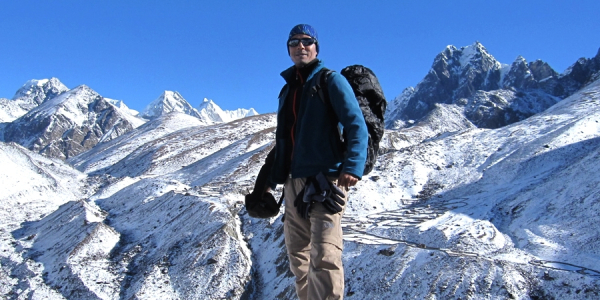
Nepal is an adventure playground for nature lovers of the great outdoors. Trekkers can clamber over creaking glaciers, tie prayer flags atop mountain...
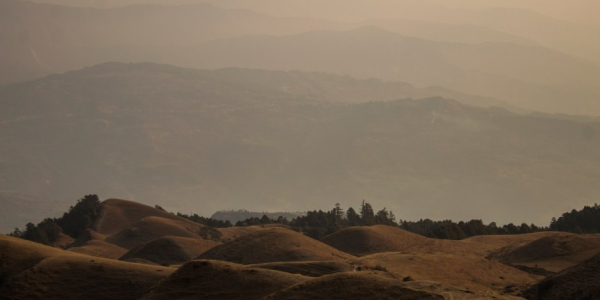
Whenever someone will ask me about the strangest yet most beautiful landscape in Nepal, my answer is going to be Sailung of Dolakha currently. Yes, th...
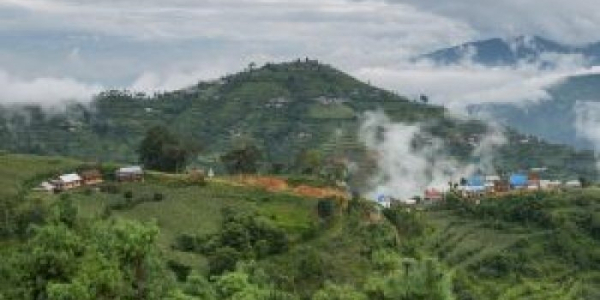
Weekends are meant for the revival of the soul. Weekends come with the excitement and leave with freshness. Who wouldn’t want to make their weekend sp...
Discover incredible offers for your upcoming adventure by subscribing to our newsletter with the latest travel tips and updates.
